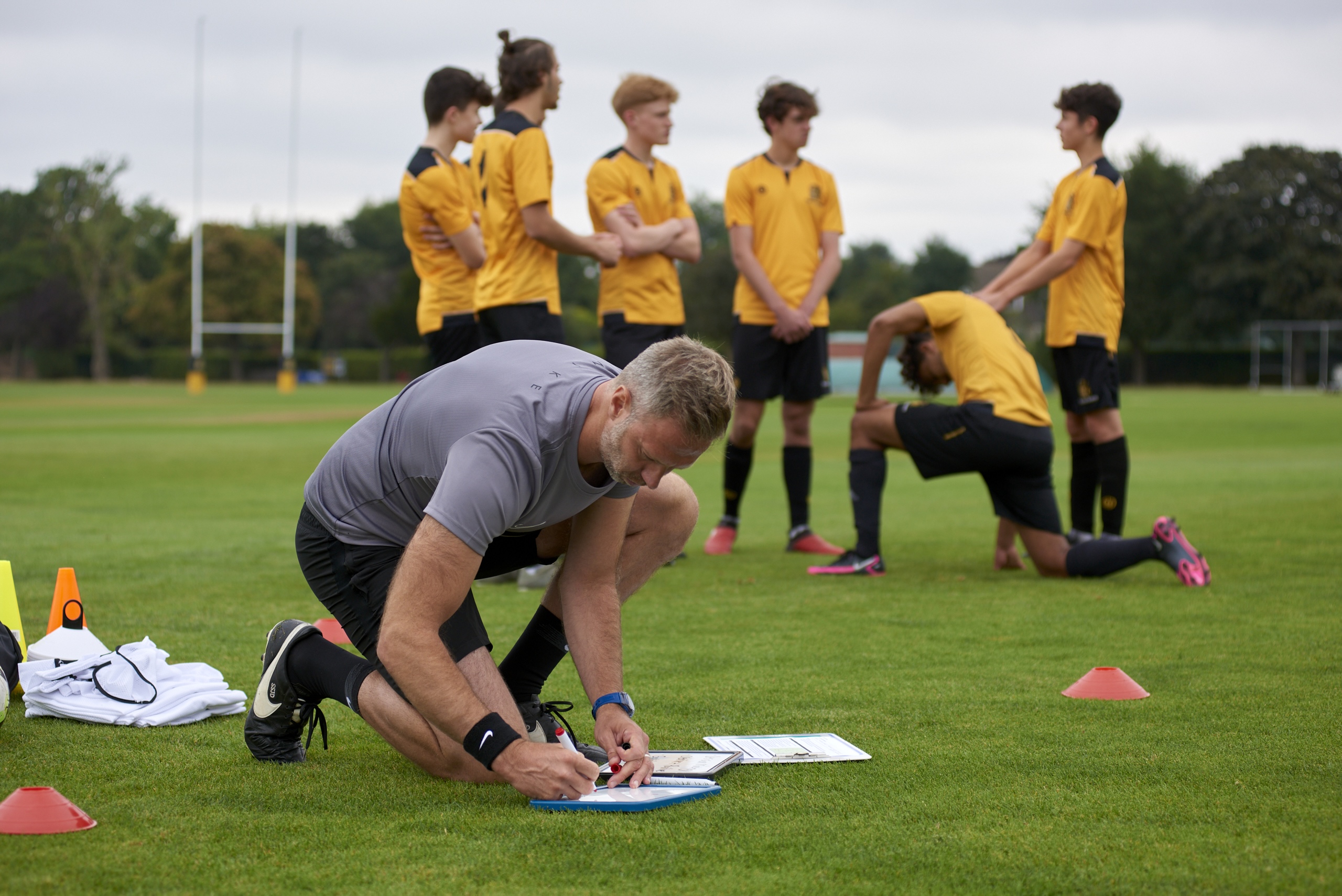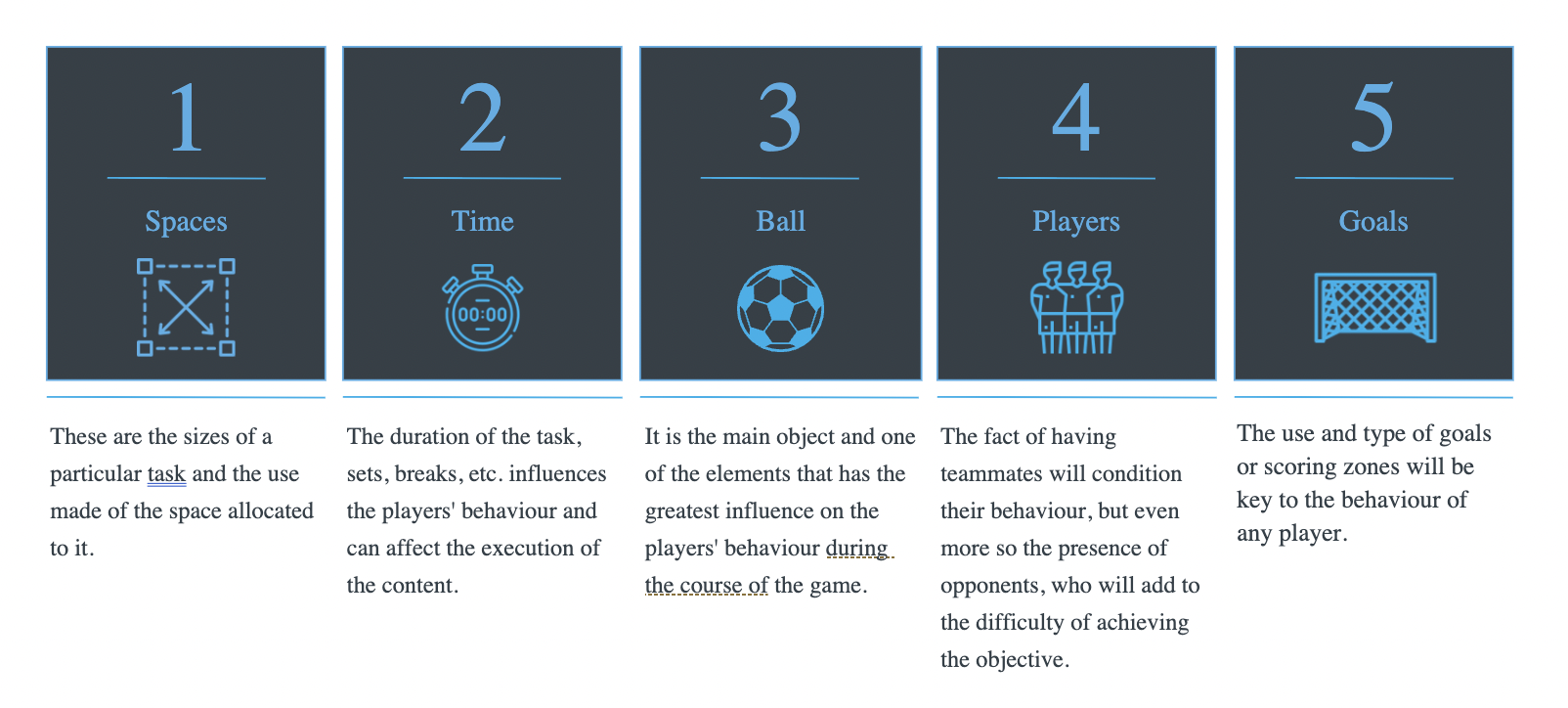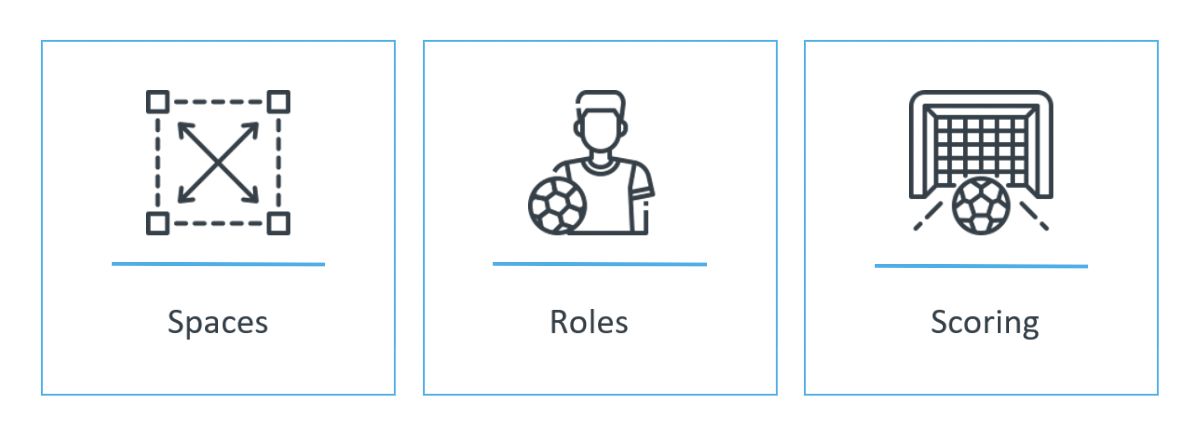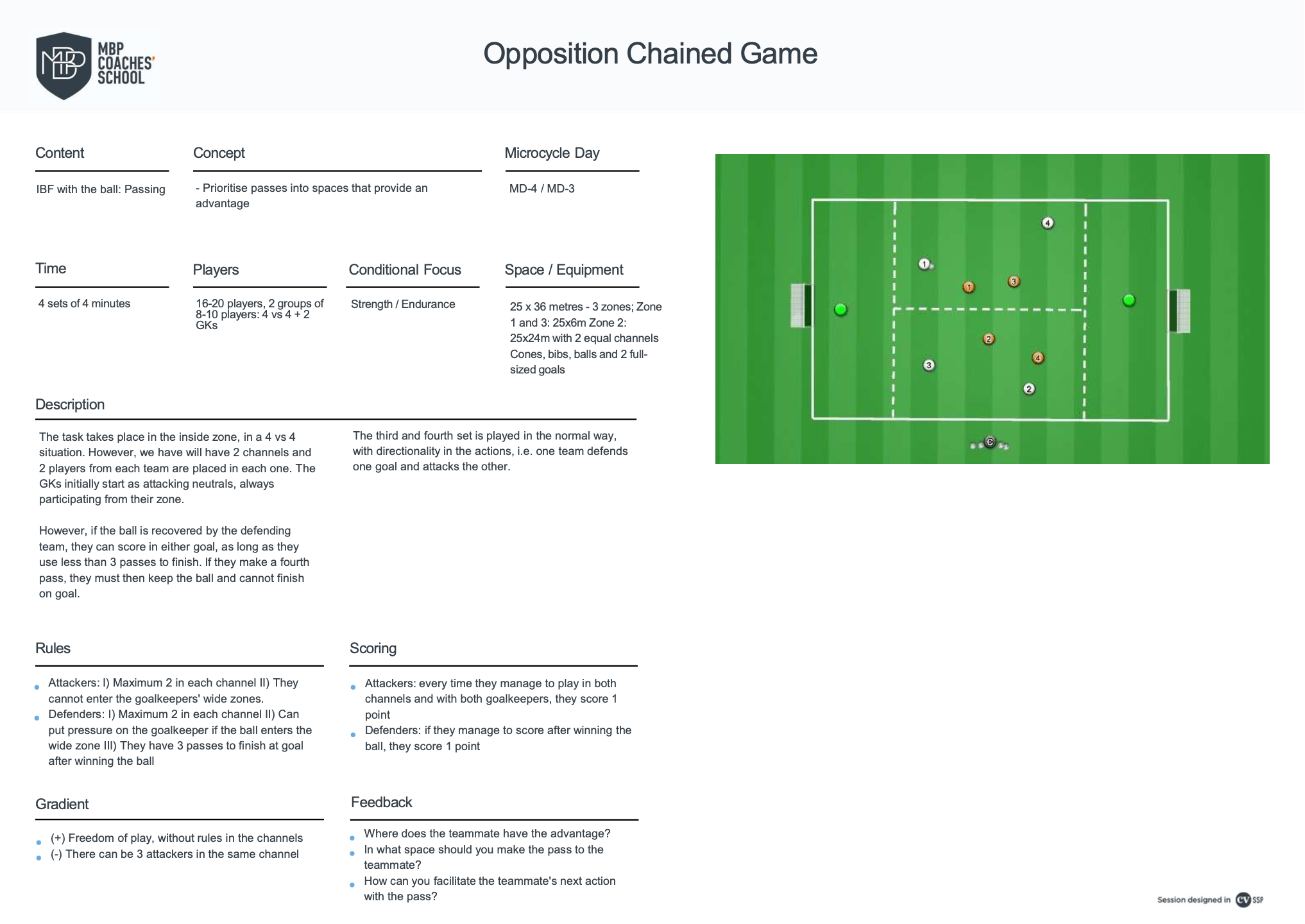What do you take into account when designing training tasks that allow you to train the content you want your players to learn? If you haven’t heard of contextual quality, take note, because in this article we will give you three key points that will make your tasks an optimal learning context for your players.
When we talk about contextual quality, we refer to the adaptation of the physical elements of the game and the rules of certain aspects so that the necessary game situations appear to train a content. And what are the physical elements of the game? Here are some examples.
When designing any training task, it is necessary to take into account a series of elements that will shape the game situations. With this, the use of physical elements will be a very important aspect to consider, as they will be elements that must always be present in the game.
Figure 1. The five physical elements of the game with their respective definitions. Source: MBP Coaches’ School
From here on, in order to ensure the appearance and training of the main content, it will be necessary to shape the tasks through rules, which will guide the players’ behaviours. These rules may fall on 3 aspects: spaces, roles and scoring, always with the aim of encouraging the use of the main content and context in a playing context that respects as much as possible the competitive reality.
Figure 2. Elements on which the rules of the task may be based in order to encourage the appearance and use of the main content. Source: MBP Coaches’ School
1. Rules on Spaces:
At MBP Coaches’ School, we define four types of spaces that can appear in the same task. These are useful, restricted, prohibited and enhanced spaces. In addition, it must be said that the same space can have more than one function at the same time. For example, it can be restricted for one role but enhanced for another.
Figure 3. Types of spaces according to the rules used. Source: MBP Coaches’ School
– Useful spaces: those where a role can play freely, without any type of conditioning.
– Restricted spaces: those in which a role is conditioned by some rules. For example, in the case of training defensive cover, ‘only one attacker can enter the wide channel’. In this way we will provoke one-on-one situations on the wing so that the defender in the central channel can be aware of covering their teammate.
– Prohibited spaces: spaces where a role cannot be accessed under any circumstances. For example, if we are training driving with the ball, we will prohibit defenders from entering the central area that divides both spaces. With this, we aim to create a space where the attackers can drive with the ball quicker and without opposition pressure.
– Enhanced spaces: these are spaces that encourage and provoke the use of the main content and concept. If we look at the previous example for training driving with the ball, the intermediate zone is a prohibited space for defenders, but also an enhanced space, as it allows attackers to pass from one side to the other by driving with the ball.
Therefore, spaces are a very important element when using rules that enable the emergence of playing situations related to the main training content.
2. Rules on roles:
When we talk about roles, we refer to the players involved in the task. At MBP Coaches’ School, we recommend only putting rules on the opposite role to the main content. In other words, if we train defensive content, it is important that the most conditioning rules fall on the attacking role. And why? Because what we want is for the main role to act freely and without conditioning factors that push them to use the content out of obligation, but rather out of self-discovery.
Below is an example of a task.
Figure 4. Example of a chained opposition game to train passing. Source: MBP Coaches’ School
In this case, we have four players per team and two attacking neutrals. These, playing in the wide zones (Z1 and Z3) provide numerical superiority to the attacking team. In addition, all the roles maintain the basic rules of the game to favour the dynamics of numerical superiority (two players from each team in each space in zone 2).
Therefore, the fact that defenders cannot access zones 1 and 3 means that there is always numerical superiority on the part of the attackers and, consequently, favours the application of the main content.
3. Rules on Scoring:
Scoring is a great incentive to provoke players to make use of the main content and concepts. Bearing in mind that the rules should fall on the secondary role and, therefore, we should not force the main role to use the content we want to train, we can incentivise their use through scoring.
For example: in the previous task, we give points to both roles, to encourage competitiveness. However, the main role will score by linking passes between the neutrals, which will cause the pass to appear and be used constantly. Defensively, on the other hand, we will encourage progressive passing after retrieving the ball, i.e. scoring a goal in no more than three passes, which conditions their behaviour in these situations.
With all of the above, MBP Coaches’ School recommends spending time designing and creating training tasks to create optimal contexts in which playing situations arise that allow players to use the main content and learn about its application.
Would you like to learn more about our training methodology?
In the Online Expert in Youth Football course, you will learn to identify the main characteristics of youth players and to classify them according to their level of game understanding. All this will allow you to select the most appropriate training content according to their needs and, consequently, learn to design training sessions and tasks that respect and favour their learning processes in order to, over time, help develop better players.

